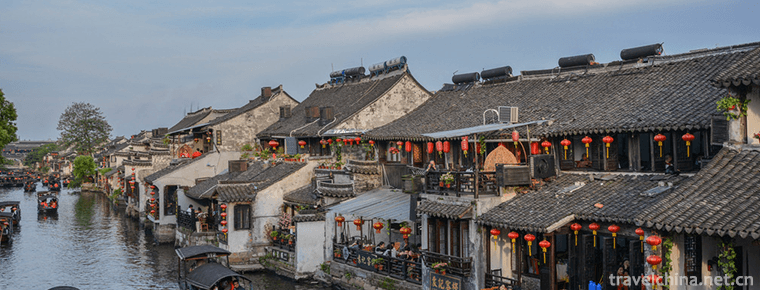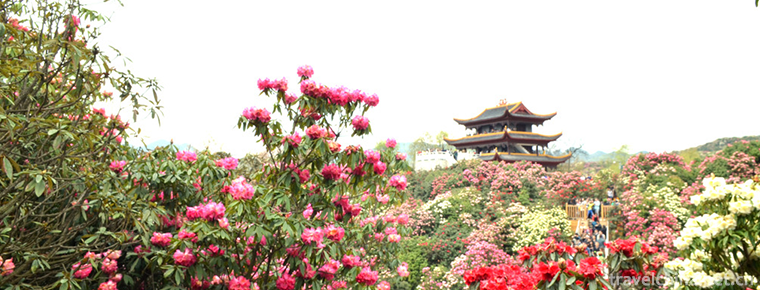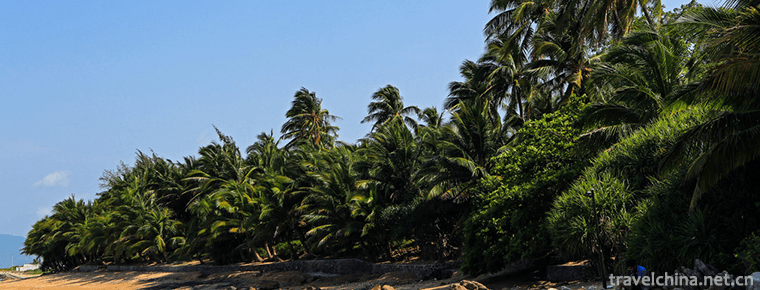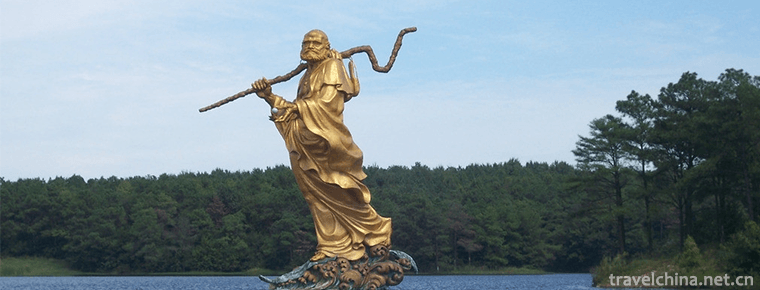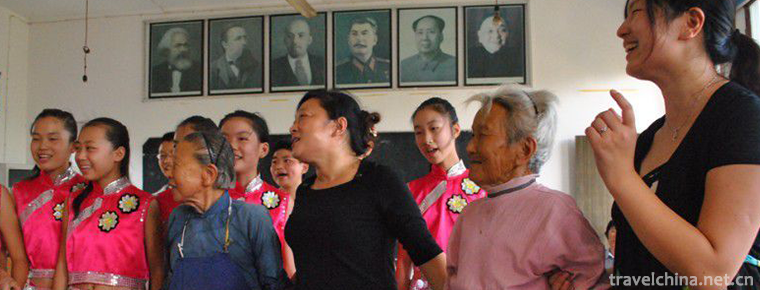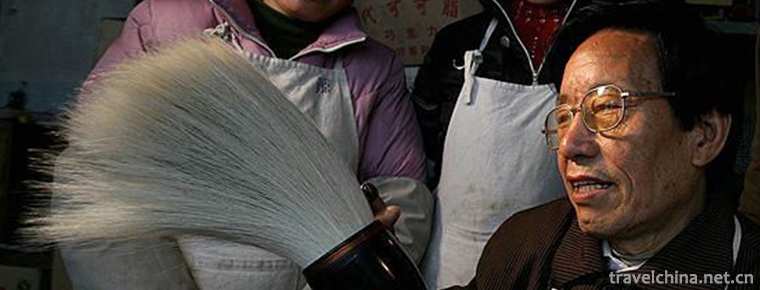Zhalong Nature Reserve
Zhalong Nature Reserve
Zhalong National Nature Reserve is the largest and world-famous Zhalong Wetland in China, located 30 kilometers southeast of Qiqihar City, Heilongjiang Province. With a total area of 210,000 hectares, it is the largest reed wetland in Asia, the fourth largest in the world and the first National Nature Reserve in China. It has been listed in the first batch of "World Important Wetlands List" in China. Zhalong Scenic Area is a national AAAA-level tourist attraction. It is a natural paradise for waterfowl and other birds to inhabit and multiply because of its dense lakes and overgrown reeds. There are 15 species of cranes in the world, 9 species in China and 6 species in Zhalong. There are less than 2000 red-crowned cranes in the world, and more than 400 in Zhalong.
Zhalong National Nature Reserve is a nature reserve of wetland ecosystem type. The reserve consists of a large permanent seasonal freshwater marsh and numerous small shallow lakes in the lower reaches of the Wuyuer River. The wetland is surrounded by grassland, farmland and artificial fish ponds. The main protected objects are rare birds such as red-crowned cranes and wetland ecosystems. It is the most complete, primitive and open wetland ecosystem in the same latitude area of Northern China.
Historical evolution
In 1976, it was prepared by the Provincial Forestry Department.
In 1979, the People's Government of Heilongjiang Province approved the establishment of Zhalong Nature Reserve in Heilongjiang Province and the establishment of Zhalong Nature Reserve Administration Bureau.
In April 1987, the State Council approved Zhalong Nature Reserve as a national nature reserve.
In 1992, China acceded to the Convention on Wetlands of International Importance, Especially as Waterfowl Habitat, and Zhalong Nature Reserve was listed on the list of Wetlands of International Importance.
geographical environment
geographical position
Zhalong National Nature Reserve is located 30 kilometers southeast of Qiqihar City, Heilongjiang Province. Its geographical coordinates are 123 47'- 124 37', 46 52'- 47 32', which belongs to the nature reserve of wetland ecosystem type.
Geology and geomorphology
The reserve is located in the western part of Songnen Plain, which is a depression basin developed since late Mesozoic. The main landform types are river and lake facies impact landform in plain area. The River valleys, river channels and not obvious, the water flow is slow, and there are both aeolian dunes and sandy land.
hydrologic condition
The water sources in the reserve are the Wuyuer River, Shuangyang River, Xinnenjiang Canal and the "Bayi" Happiness Canal, among which the Wuyuer River is the dominant factor to form and maintain the wetland ecosystem in the reserve. The annual precipitation varies greatly in the Wuyuer River Basin, with an average annual precipitation of 550-600 mm in the upper reaches, about 400 mm in the lower reaches, and 16.6*108 cubic meters in the lower reaches. Natural precipitation is 6.6*108 cubic meters, the water supply of the Xinnenjiang Canal is 7*108 cubic meters, and the inflow of the Yinnen and Wuyuer rivers in the north is 3*108 cubic meters. The water consumption in this area is 10 *108 cubic metres of evaporation, 2 *108 cubic metres of water supply project of the Lianhu Lake, and 4.6 *108 cubic metres of infiltration and irrigation. Due to years of drought and the impact of water conservancy projects in the upper reaches of the Wuyuer and Shuangyang rivers, the annual water shortage in Zhalong Reserve in 2001 was about 3*108 cubic meters.
Soil type
Zhalong wetland soil consists of six types, namely, chernozem soil, meadow soil, alkali soil, saline soil, marsh soil and sandy soil, mainly chernozem soil, meadow soil and marsh soil.
Water quality: The water quality of Zhalong Nature Reserve is of Class V. Its chemical properties are around 7.0 and slightly alkaline all the year round.
The fluctuation and constant of water depth and water depth: the water depth of Zhalong wetland varies greatly in rainy years, the water depth of marshes is 75 cm, and the water depth of lakes is 1-2 m on average; in dry years, the water of wetlands is especially shallow.
climatic conditions
The reserve is located in the mid-latitude zone and belongs to the continental monsoon climate of the mid-temperate zone. The average annual temperature is 3.5 C. In the coldest month of January, the average temperature is - 19.2 C, and the extreme minimum temperature is - 39.5 C. The hottest month is July, with an average temperature of 22.8 C and an extreme maximum temperature of 39.9 C. The annual evaporation is 1506.2 mm and the annual average relative humidity is 62%.
Typical natural events: Extreme floods occurred in Zhalong Reserve in 1998 and severe wildfires occurred in 2001.
Regional scope
The reserve is 65 kilometers long from north to south, 37 kilometers wide from east to west, covering a total area of 210,000 hectares, including 70,000 hectares in the core area, 67,000 hectares in the buffer area and 73,000 hectares in the experimental area.
The reserve consists of a large permanent seasonal freshwater marsh and numerous small shallow lakes in the lower reaches of the Uyur River. The maximum water depth of the marsh is 0.75 meters and the maximum water depth of the lake is 5 meters. Wetlands are surrounded by grasslands, farmlands and artificial fish ponds. Six species of cranes breed and stop here every year, accounting for 40% of the world's crane species. The protected areas are vertically and horizontally divided into rivers, lakes and marshes, and the wetland ecosystem is well maintained.
Protection target
Protected object
The main protected objects are red-crowned cranes and other rare birds and wetland ecosystems, which are the most complete, primitive and open wetland ecosystems in the same latitude areas of northern China.
plant resources
There are 468 species of higher plants in the reserve, which belong to 67 families, and most of them are herbaceous plants. There are no endemic species in this area. The floristic composition of Mongolia, Dauri, Manchuria and North China account for 15.2%, 14.5%, 12.7% and 4.1%, respectively. According to the biological and abiotic factors of vegetation in Zhalong area, such as population, topography, water condition, community structure and appearance, and soil type, the vegetation in Zhalong area can be divided into four types.
Animal resources
There are 46 species of fish in the reserve, belonging to 9 families. Amphibians and reptiles are relatively poor. There are four families and six species of amphibians: Arctic salamander, Bufo bufo, Bufo gargarizans, Rana areolata, Rana nigromaculata, Rana forest in Heilongjiang; Reptiles are turtle and lizard. There are 21 species of mammals belonging to 5 orders and 9 families. 277 species of insects belong to 11 orders and 65 families.
There are about 260 species of birds belonging to 17 orders and 48 families. Among them, there are 35 species of birds under state protection, the most famous of which are cranes. There are 15 species in the world and 9 species in China. There are 6 species of red-crowned cranes, white cranes, white-headed cranes, white-pillowed cranes and castor-feathered cranes in this region, which deserves to be the "Crane Home" of the world. Four of them are breeding birds. There are 2000 red-crowned cranes in the world. There are 346 breeding populations in this area, accounting for 17.3% of the total number of red-crowned cranes in the world. They are now listed as endangered species in the world. There are 34 White-napped cranes. Grey cranes first found their nests in 1986. There are more than 50 rickshaws. There are 35 species of birds under the first and second protection of the state, and red-crowned cranes, white-pillowed cranes, white Spoonbill and so on. Great bustards are common in marshes and adjacent farmlands. In addition to abundant bird resources, there are 20 species of mammals, including wolves, red foxes, badgers, yellow sheep and so on; four species of amphibians, including Chinese forest frog, black slant frog, rainfrog, flower-billed toad; three species of reptiles, including lizards, freshwater turtles; 40 species of aquatic fish, crucian carp is the most abundant.
Management organization
Zhalong Nature Reserve has a Nature Reserve Authority, which is located in the west of the central part of the nature reserve. Its main task is to protect waterfowl and cranes in wetlands. Residents live on several small islands.
tourist resources
The "Zhalong Lake Bird-watching Tourist Area" in Zhalong Nature Reserve is 8 kilometers long and 9 kilometers wide, covering an area of 1550 hectares, including:
Yushugang, bird watchers can listen to the introduction at reception, watch videos about Zhalong Nature Reserve and cranes, visit cranes and other waterfowl habitat and breeding wetland landscape, and visit exhibition halls and crane domestication breeding grounds.
Longpaozi (Zhalong South Lake), Dabuzi (Zhalong North Lake), Xigouzi (a natural river system) and Zhalong Fish Pond can be observed by bird watchers on the surface of the open water. Many swimming birds, such as geese, ducks, chickens and gulls, and small wading birds inhabiting near the water meadow can be observed.
Nine rooms and large yards are the marsh landscape of reed grass. Bird watchers can see the nest areas of herons and ibises, wading birds such as cranes and storks, and marsh raptors.
Civil Kexigang, you can see a large number of farmland residential birds;
In Zhalong nursery and its adjacent meadow grassland, forest birds, grassland wilderness birds, bustard and castor-feathered crane can be observed. In the "Zhalong Lake Bird Watching Tourist Area", tourists can watch videos of protected areas and cranes, climb upstairs to overlook the wetland landscape and visit farms. In nurseries and forest farms, forest-dwelling birds and grassland wilderness birds can be observed.
Transport line
Railway
Starting from Beijing, you can get off at Qiqihar Station by train T47, T39, 1801, K497, K247/K275/K277 or more.
Starting from Shanghai, you can get off at Qiqihar Station by train 1342/1343 or more.
Starting from Harbin, you can get off at Qiqihar Station by 20 trains above T5001, T5003, T5005, T5007, T5201, T5203, T47, K7201, K7015, K7049, K7093/K7096/K7097, K546, K7126, K7156/K7153, 2124/2125, K7041, K7106/K7107, K7059/K7057, 4075, K7064/K7061.
Starting from Shenyang, you can get off at Qiqihar Station by 14 trains above T309, 2667, T47, K549, K546/K547, 2169, 2209, 2219, 2124/2125, 2083/2081, 2686/2687/2689 and 2061.
Highway
Self-driving tour can enter Qiqihar city on G10 Sui-Man Expressway and S19 Nen-Tai Expressway, turn left along Liantong Avenue about 2.5 kilometers, and reach Qizha Highway about 22 kilometers ahead.
City Bus
Has arrived in Qiqihar city to choose to travel by public transport, you can take the city bus 306. Location: Tiancheng Yunyun Group Courtyard, Longnan Street, Longsha District, Qiqihar City (opposite the Sugar and Wine Building of Qiqihar City).
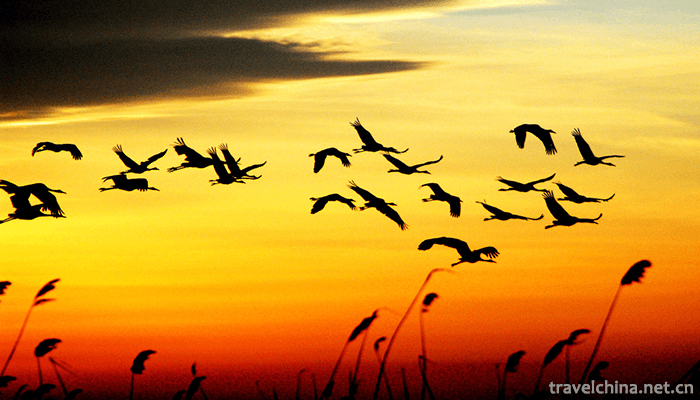
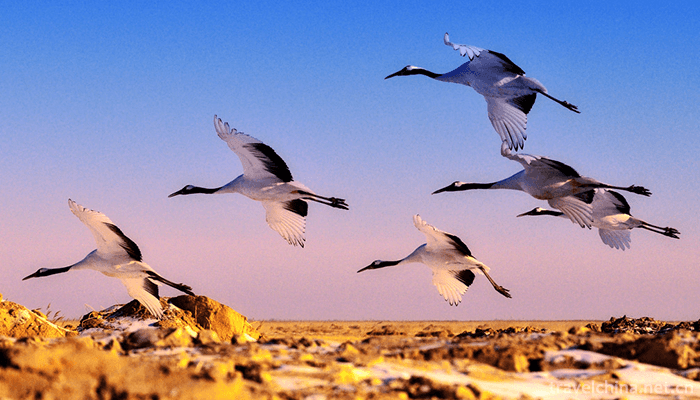
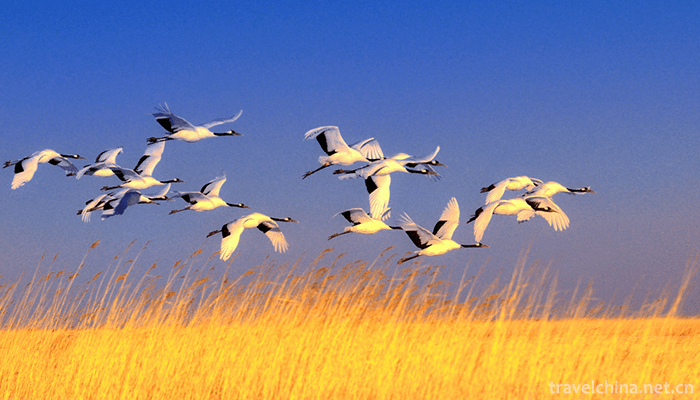
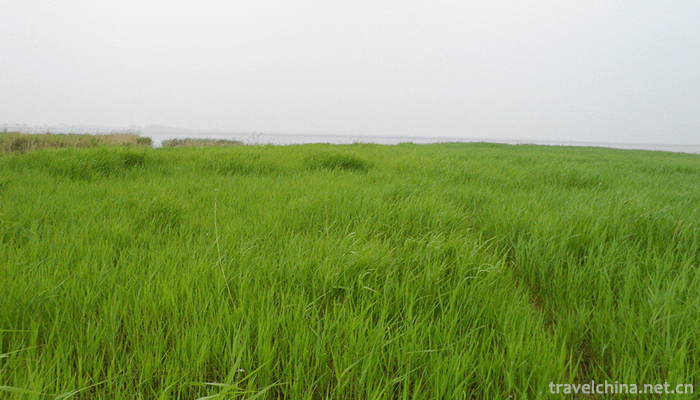
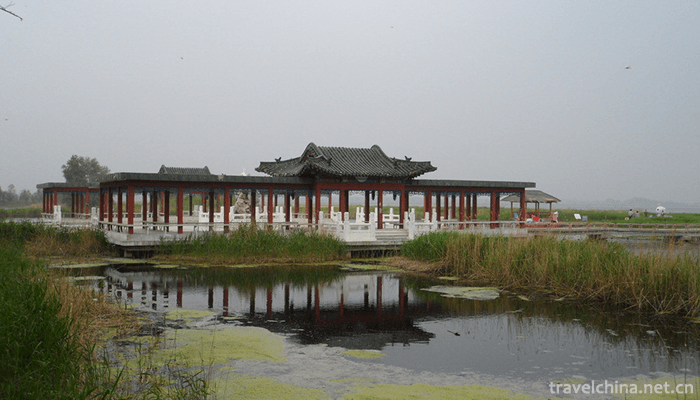
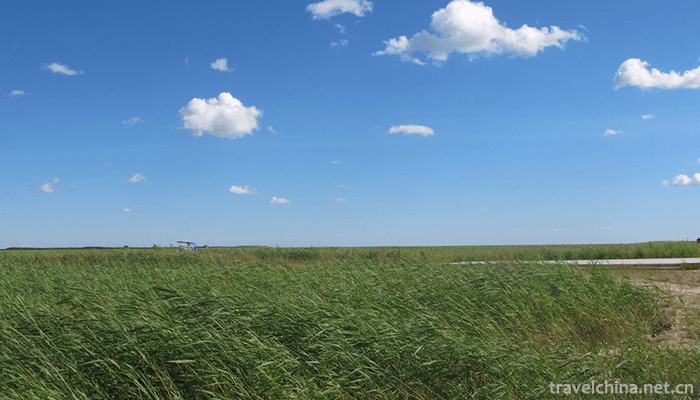
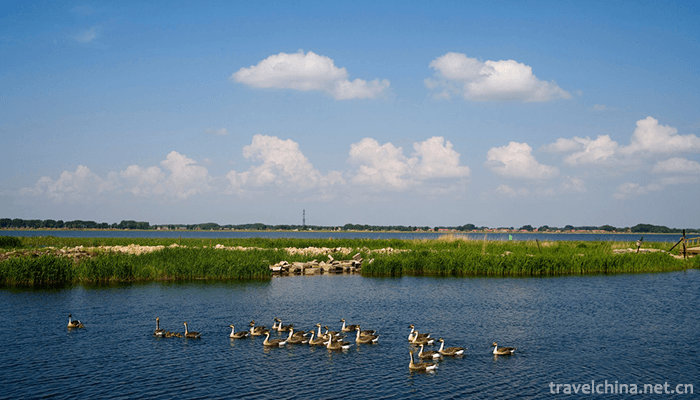
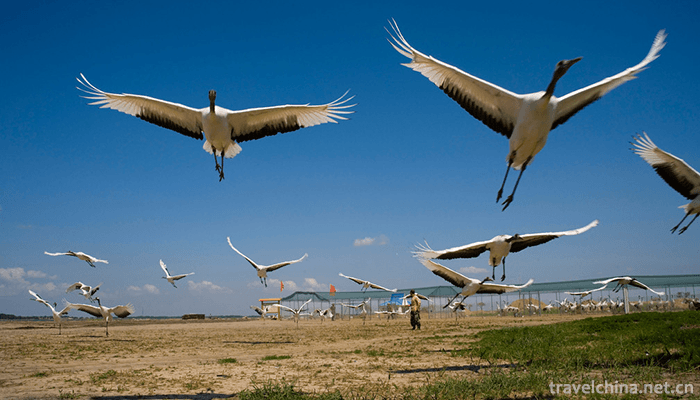
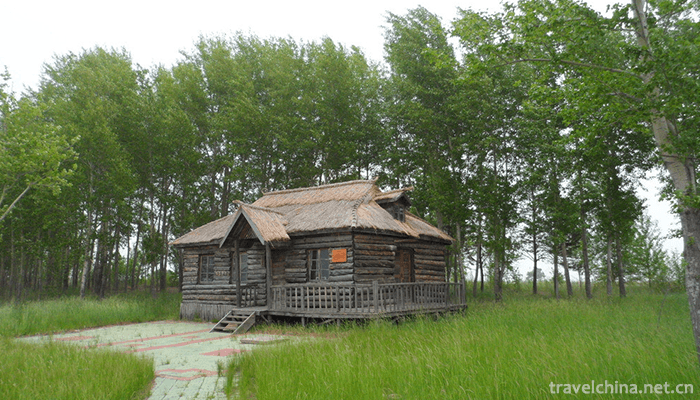
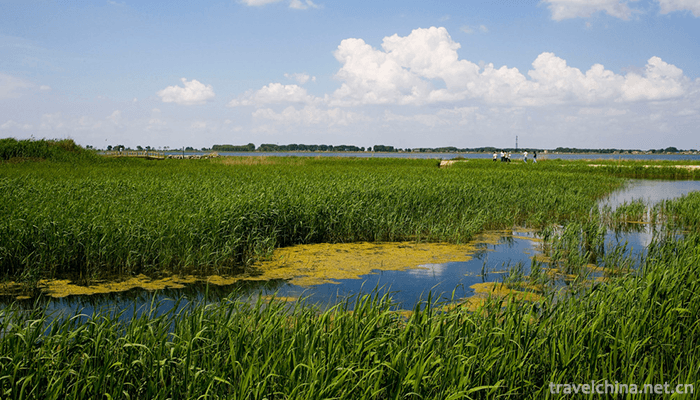
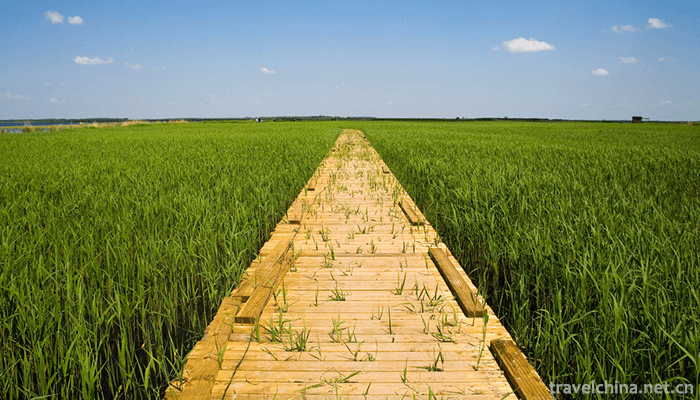
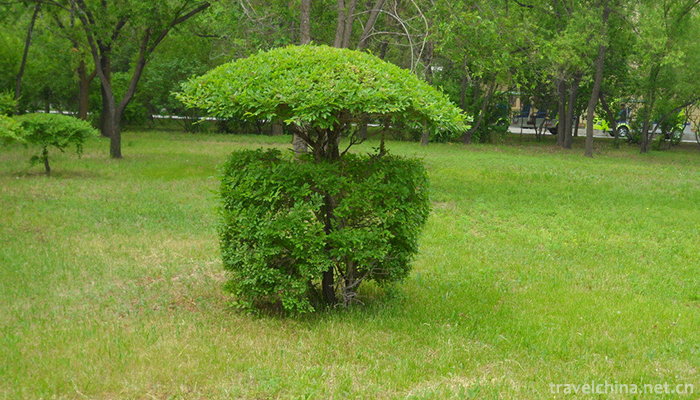
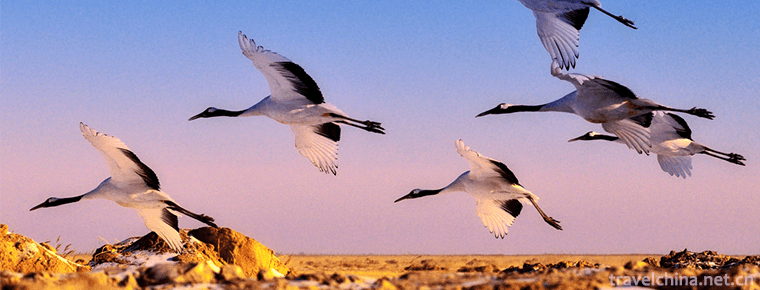
Zhalong Nature Reserve
-
Snail rice noodles
Snail jelly powder is a kind of snack rice flour in Liuzhou City, Guangxi Zhuang Autonomous Region. It has the unique flavor of hot, cool, fresh, sour and hot. is the most famous local snack in Liuzho
Views: 360 Time 2018-11-05 -
Xitang Ancient Town Tourist Scenic Spot
Xitang Town, belonging to Jiashan County, Jiaxing City, Zhejiang Province, is located at the junction of Jiangsu, Zhejiang and Shanghai. It has an ancient name of Xietang
Views: 230 Time 2018-12-07 -
Baili Rhododendron Scenic Area in Bijie City
Bijie Baili Rhododendron Scenic Area is located in the northwest of Guizhou Province and the central part of Bijie City. It belongs to the Baili Rhododendron Management Area of Bijie City.
Views: 271 Time 2018-12-12 -
Big and Small Size Dongtian Scenic Spot
The Size Dongtian Scenic Area (formerly known as the Haishan Scenic Spot and Aoshan Scenic Spot) is located in the southern corner of Nanshan Province, 40 kilometers west of Sanya City
Views: 186 Time 2018-12-12 -
Daishan Lake
Daishan Lake is located in the ancient town of Feidong County, Hefei City, Anhui Province. Daishan Lake has a subtropical climate, warm and humid, with an average annual temperature of 15.7 degrees Ce
Views: 237 Time 2019-01-08 -
Jangar
Jianger Jianger, the local traditional folk literature of Xinjiang Uygur Autonomous Region, is one of the national intangible cultural heritage.
Views: 141 Time 2019-05-05 -
Mashan folk songs
Mashan Folk Song is a traditional folk song form which is popular in the area of Mashan Town, Jingzhou District, Jingzhou City, Hubei Province. One of China's national intangible cultural heritage lis
Views: 349 Time 2019-05-15 -
Scratch sheep race
The Naoyang Competition is a traditional Chinese folk custom activity mainly in Xinzhou City, Shanxi Province. It's a wrestling competition with a live sheep as a prize. In the countryside, "scra
Views: 125 Time 2019-06-07 -
Pipa Art
In the history of modern Chinese traditional folk music, there are two schools of pipa: the "Shanghai School" (Pudong School) and the "Zhejiang School" (Pinghu School). The Pipa ar
Views: 116 Time 2019-06-09 -
Xuanbi Production Skills
Xuanbi has a long history. Originated in the Qin Dynasty, it flourished in the Tang and Song Dynasties. At the end of Song Dynasty and the beginning of Yuan Dynasty, there were frequent wars, and the
Views: 160 Time 2019-07-09 -
Transportation in Panzhihua
By the end of 2018, Panzhihua had 3733.91 kilometers of grade roads and 195 kilometers of expressways. In the whole year, the highway passenger traffic volume was 20.79 million person times, the passenger turnover volume was 597.18 million person kilometers,
Views: 132 Time 2020-12-14


